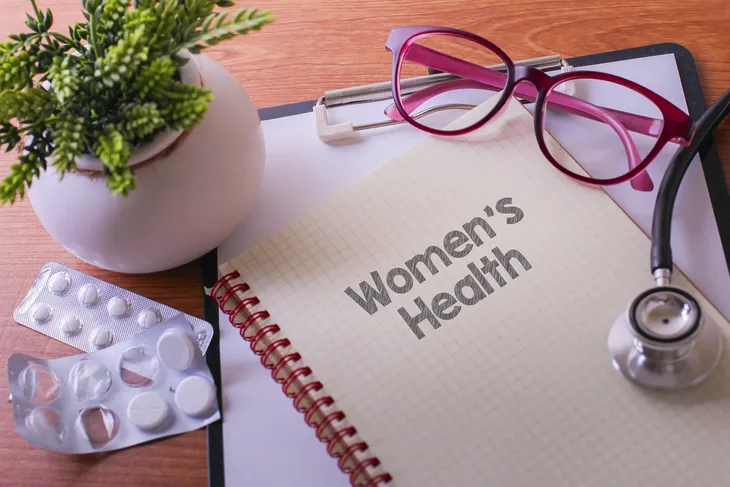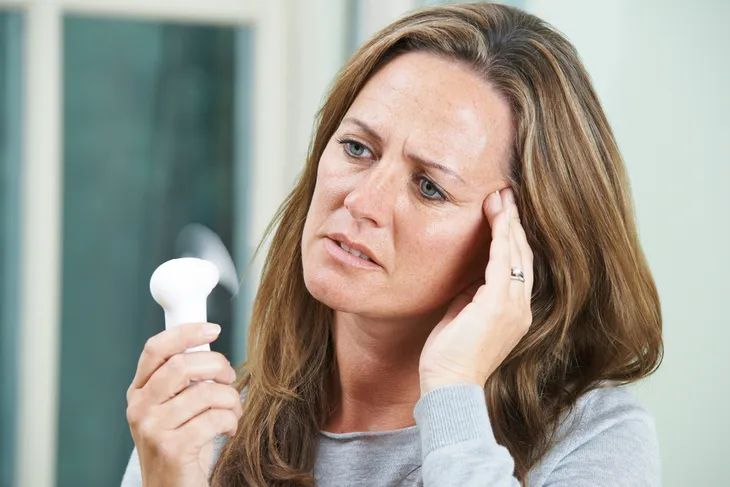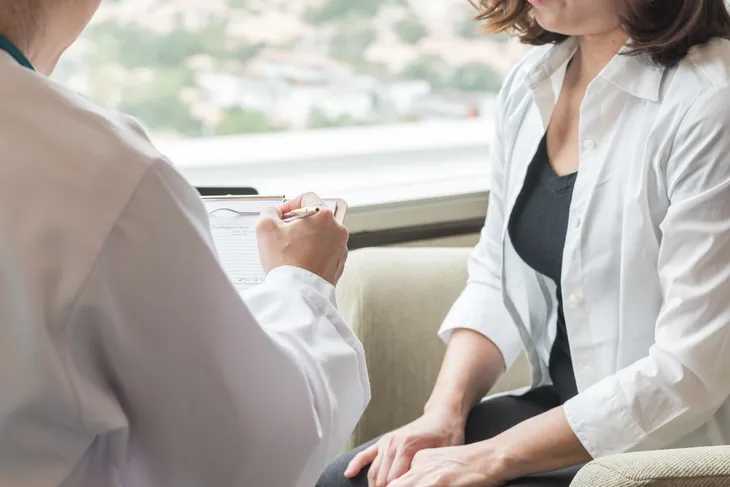According to EMedicineHealth.com, the average age of menopause for U.S. women is 51. However, an average is just an average, so there are exceptions to the rule on both ends of the spectrum.
It can be particularly confusing or alarming when a woman starts experiencing symptoms of menopause before the age of 40, which the medical world defines as premature ovarian failure. Here are six things to know about premature menopause, and even why it might be happening to you before you were expecting it…
Experiencing menopause symptoms? Try DrFormulas Menopause Supplements – an Amazon 4.5+ star bestseller with over 1,500 consumer reviews. (As an Amazon associate, this site earns from qualifying purchases).
It Can Occur in Teenage Years
SELF explains that there’s a condition called premature ovarian failure (POF), which is often used interchangeably with the term premature menopause (which is marked by the ovaries no longer producing estrogen, which drives the reproductive cycle in women).
Only about 1-percent of American women are affected by POF, but it can develop as early as their teens in some cases, adds the source. However, it’s important to note that it’s extremely rare in teenagers. It’s more common in women in their thirties. There is one major difference between POF and premature menopause, however: it’s still possible for a women suffering from POF to become pregnant through assisted methods such as IVF. “However, once your period is gone for a full year, you’ve officially entered menopause – and menopause is for good,” it adds.
Environmental Toxins Can Trigger It
Environmental factors can be the culprit behind early menopause, according to Epigee Women’s Health. The site notes these environmental toxins can be found in homes, workplaces and the outdoor environment.
These toxins include cigarette smoke, as well as perfluorocarbons (PFC) that are found in a number of household items from clothing to carpeting to paint, explains the source. Another chemical that may affect the endocrine system (and subsequently the sex hormones) include perfluorooctanoate (PFOAs) found in some non-stick pans and stain guards, it adds.
There are Other Risk Factors
A number of other factors can come into play when it comes to triggering premature menopause, according to Healthline. These factors include receiving chemotherapy or radiation, having certain chromosome abnormalities, or suffering from autoimmune diseases including rheumatoid arthritis.
Other associated risks include having epilepsy, taking medications that impact estrogen levels (such as Tamoxifen taken by women with a high risk of developing breast cancer or after treatment of breast cancer to decrease risk of recurrence), or having a thyroid disease, adds the source. There’s also some evidence suggesting there are genetic ties when it comes to premature menopause – in other words, if your mother started menopause early, then you might too.
It Can Raise Risk of Other Health Problems
WomensHealth.gov explains says that some women who go through early (before 45) or premature (before 40) menopause could be at higher risk of serious health complications such as heart disease and osteoporosis. This is because women who experience menopause before 40 “will live longer without the health benefits of higher estrogen levels,” explains the source.
Women who lose the function of their ovaries prematurely may also be at higher risk for psychological problems such as depression, due to the early loss of fertility and associated lack of energy. It’s important to see a medical specialist if you’re feeling down for more than a few weeks.
The Symptoms Mimic Normal Menopause
Whether you experience menopause at age 49 or age 32, you’ll likely experience the same range of symptoms, explains MedicineNet.com. Those symptoms include mood swings, vaginal dryness, changes in memory, hot flashes, sleep disruption, weight gain, and even vaginal pain during intercourse.
The first thing you’ll probably notice is irregular periods including prolonged periods, spotting or heavy bleeding. This stage is called perimenopause and it occurs before menopause has fully set in.
There are Treatments
With the assessment of a doctor that can diagnose premature menopause based on your lifestyle factors as well as blood tests, you may be guided towards a treatment depending on your situation.
Healthline notes that common treatments for early or premature menopause include hormone replacement therapy or birth control pills to give you the hormones you normally would make at your age, supplements of calcium and Vitamin D (to help prevent osteoporosis), or even talk therapy to cope with the stress. You may also be able to find a local support group, it adds.
Experiencing menopause symptoms? Try DrFormulas Menopause Supplements – an Amazon 4.5+ star bestseller with over 1,500 consumer reviews. (As an Amazon associate, this site earns from qualifying purchases).









